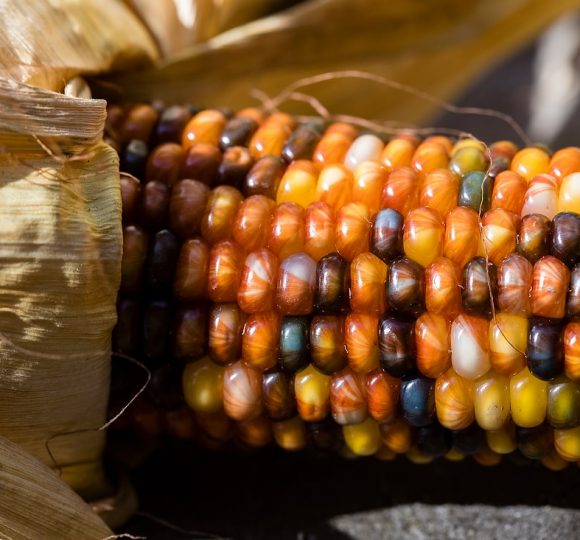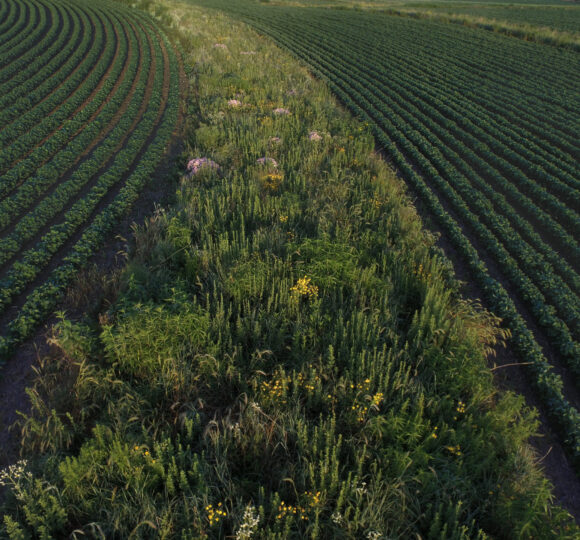This report attempts to answer questions asked by the community of Missoula County, Montana, including: how well different types of mitigation are working on the ground; how to calculate a value for conserved lands; how to ensure responsible management of conserved lands; and how mitigation works alongside voluntary land protection measures. The Land Use & Natural Resources Clinic at the has gathered information from seven western communities engaged in regulatory protection of agricultural lands. The subject communities use a variety of approaches from land acquisitions or set asides, to fees‐in‐lieu, to a blending of these tools. We attempted to gather information that speaks to the questions currently raised by Missoula County stakeholders, and we sought input from various stakeholder perspectives such as local planners or officials, land trusts, agricultural interests, and developer interests.
The goal of this report is to provide a range of examples from communities that have taken action to conserve agricultural lands. The examples highlighted in this report are inextricably linked to the circumstances unique to the economy, climate, population density, agricultural capacity, etc. of each individual community. Not all of the strategies or techniques provided in this report are applicable to, or feasible for, Missoula County. However, by taking into account the many perspectives and the advice provided by different stakeholders in communities that are undergoing this type of effort, Missoula County is better situated to move forward in tailoring subdivision regulations that adequately address the requirements of Mont. Code Ann. § 76-3-608(3). This report supplements an earlier clinic report entitled Agricultural Protection in Montana: Local Planning, Regulation, and Incentives.





